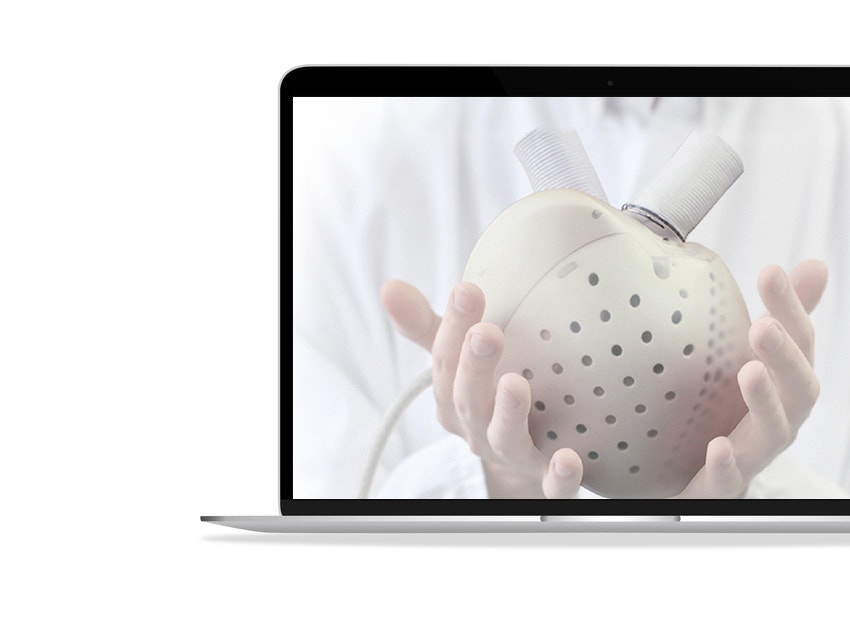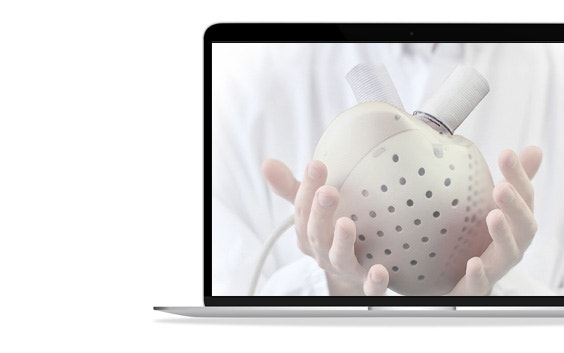Webinar
How Carmat Uses Digital Twins to Assess the Anatomical Fit of Their Total Artificial Heart Device


A propos de ce webinar
The use of digital twins in the healthcare space is on the rise. Not only are they being used in research and development, but they are also helping to define the best, personalized treatment for individual patients.
Carmat, a pioneering medical device company, has developed a revolutionary new total artificial heart, intended to treat patients with severe heart failure. Join us in this webinar, as Carmat reveals how they use the digital twin of a patient to evaluate anatomical compatibility, ultimately leading to successful treatment outcomes.
In this webinar, you will gain insights on:
- How Carmat’s Total Artificial Heart functions, and what kind of patients benefit from it
- The process of virtual implantation and why it’s necessary
- The anatomical compatibility results of Carmat’s device
Meet the speakers

Damien Barles

Piet Jansen

Karen De Leener
Partageons :
Le logiciel de dispositif médical de Materialise peut ne pas être disponible sur tous les marchés, car la disponibilité du produit est soumise aux pratiques réglementaires ou médicales de chaque marché. Une version dite « de recherche » est disponible dans les pays où aucune inscription réglementaire de Mimics ou 3-matic Medical ne peut être obtenue. Veuillez contacter votre représentant Materialise pour toute question concernant la disponibilité du logiciel médical Materialise dans votre région.
L-103492-01
THINK Medical 3D Printing webinar series
THINK Medical 3D Printing is a series of short, focused webinars that highlights new approaches on how leading cardiologists use 3D visualization tools in their daily practice. Inspirational speakers share cases where 3D planning and medical 3D printing were a game changer. They demonstrate the value of holding a 3D-printed model in your hands for diagnostic purposes, surgical planning, and patient communication.